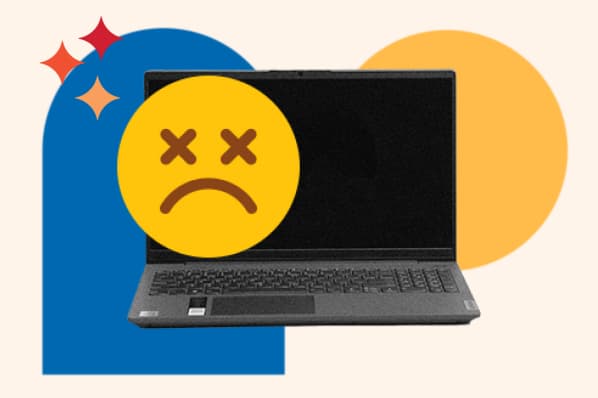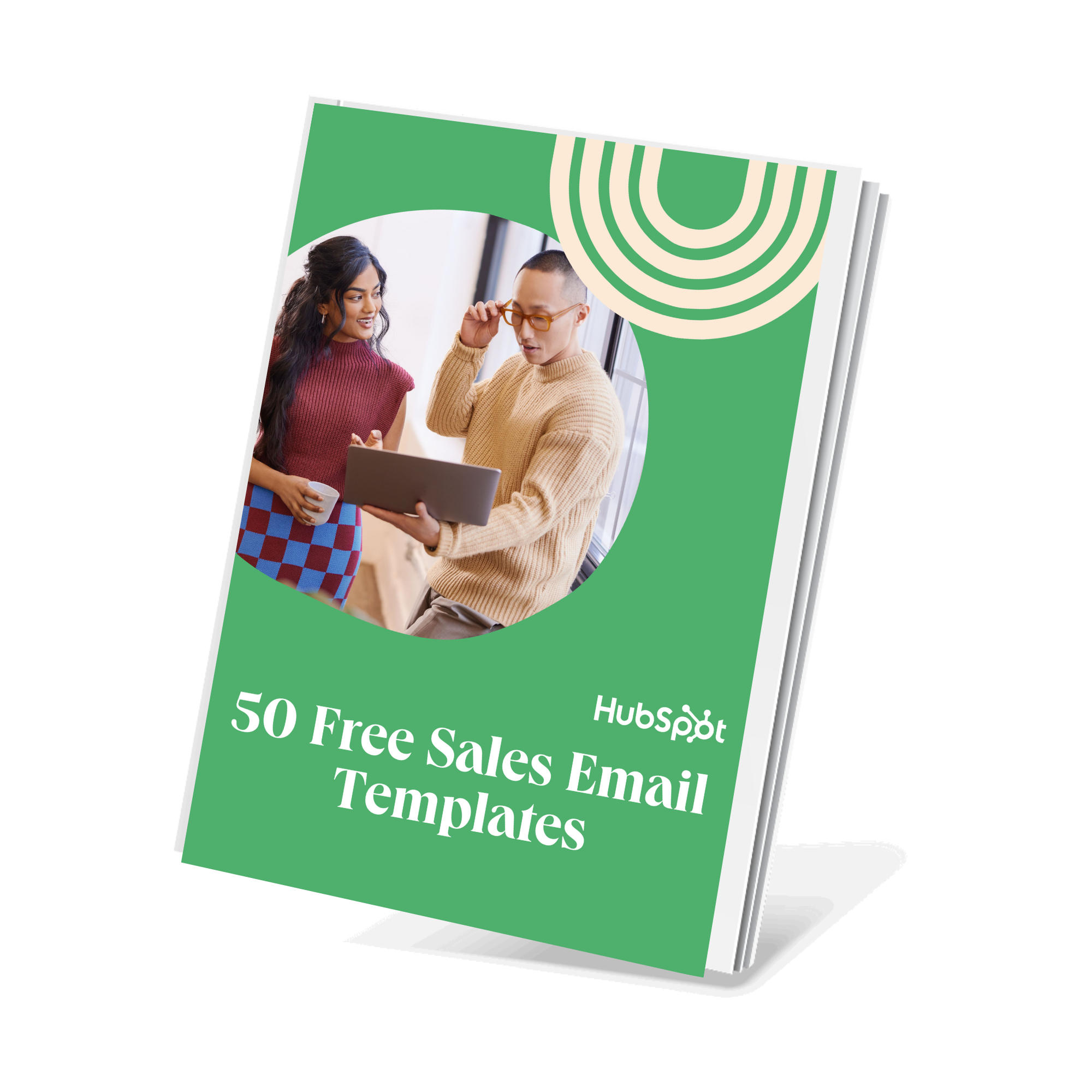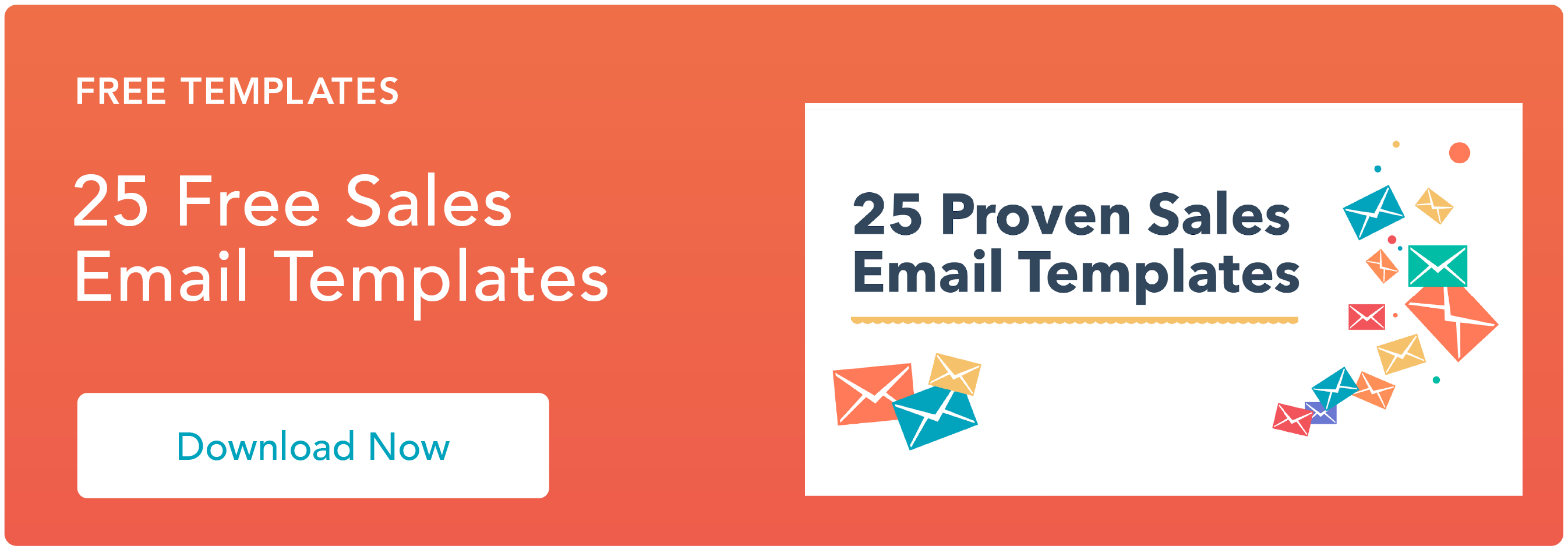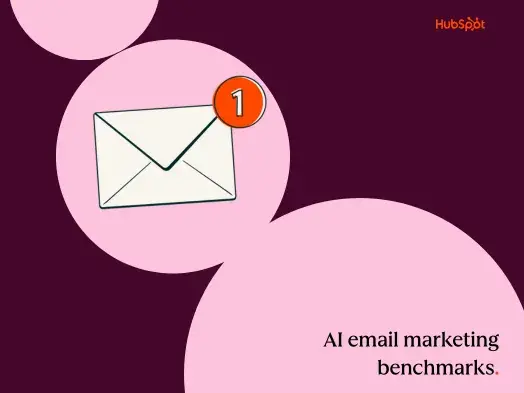5 Worst Types of Sales Messages
1. The “Me Me Me” Message
When was the last time you interrupted what you were doing to take an unexpected call from a telemarketer? Probably never.
Sending an outreach message solely focused on your product is essentially the same thing — you’re asking the buyer to pause their work so they can read your sales pitch. Don’t be surprised when these promotional emails get zero responses.
How to Fix This Message
Rather than leading with a description of your product and its features, talk about the prospect's situation and reference a challenge or opportunity they’re probably facing. Once you’ve demonstrated your understanding and experience, your prospect will actually want to talk to you. You’ll have a far better chance of earning their business at this point.
If you’re struggling to craft buyer-focused messages, tell yourself you can’t mention the name of your company or offering.
2. The “Get Rich Quick” Message
Some reps assume promising fantastic returns will make their prospects eager to buy. After all, who wouldn’t want a product that could double their profits in two months or eliminate virtually all of their hiring issues?
However, modern buyers are far too sophisticated to believe these claims. Inflating your solution’s results will only damage your credibility and ensure future emails are sent to the trash.
How to Fix This Message
If you find yourself exaggerating what your product can do, press the “Delete” key. Then find a case study from a customer who’s similar to your current prospect: They’re in the same industry, face the same issues, serve the same market, belong to the same business coalitions, are subject to the same regulations or legislation, and/or exist in the same region.
For instance, you might write, “Canteen, a B2B company that also sells to large-scale furniture stores, saw a 5% decrease in delivery issues after they started using our QA technology … ”
The buyer will be far more swayed by a specific example than a broad claim that seems too good to be true.
3. The “Remember Me?” Message
We all have at least one “friend” who only gets in touch when they need something. You might help them out the first few times, but eventually you’ll cut them loose.
The sales equivalent is the rep who contacts her customers two or three times per year: When they're hoping to upsell or cross-sell them.
Customers see right through this trick, and it gives the impression you only care about their money.
How to Fix This Message
If you want to create a long-lasting relationship that generates real opportunities to grow the size of the account, check in regularly — and make sure you’re providing value rather than making an ask at least half of the time.
Here are several potential reasons to reach out to an existing customer:
- To say congratulations for a recent company or personal announcement
- To make sure they’re satisfied with the product
- To forward them a relevant piece of content
- To wish them happy birthday
- To invite them to a virtual or in-person company event
- To compliment a blog post they wrote
- To send them a tip about the product or their strategy
Sending periodic helpful emails means that, when the time comes to ask for more business, your prospect won’t feel like you’re using them.
4. The Fake Personalized Message
At some point in the future, sales technology may become sophisticated enough that an automated email is indistinguishable from a human one. But we’re not quite there yet — and trying to pass your email off as a stand-alone message when it’s not will only make your recipients angry.
To illustrate, here are some sample lines:
- “I was checking out your website … ”
- “Your company looks like it could use [rep’s product] … ”
- “I’m impressed with your services … ”
- “Glancing at your reviews, I noticed … ”
Basically, any generic statement that could be applied to hundreds or thousands of companies will raise a red flag for your prospects.
How to Fix This Message
The takeaway? Don’t send email blasts. Here’s how you might rewrite each of those lines for a single buyer:
- “I love the minimal design and neutral color palette you chose for your athleisure retail site.”
- “Does Hermagenix have a word-of-mouth marketing strategy in place? I noticed most of your online reviewers mention finding your clinic via Google.”
- “The breadth of the copywriting services you offer is impressive.”
- “Glancing at your Yelp reviews, I noticed your service seems to be pretty variable … ”
5. The “Nudge” Message
It’s frustrating to send your prospect an item that requires their action — something like a meeting invite, pre-call questions, a proposal, or a pricing link — only to hear crickets.
When this happens, reps usually send a well-meaning nudge via email:
- “I know it’s easy for things to get lost in your inbox … ”
- “How’s it going with the questions I sent over on Monday? Can I clarify any of them?”
- “Did you get a chance to review the contract?”
- “Just wanted to check in about scheduling a demo.”
- “In case you missed my first email … ”
Although the salesperson’s trying to sound polite, these messages usually come across as passive-aggressive. Prospects feel like they’re being rebuked.
How to Fix This Message
Of course, sometimes you need to jog the buyer’s memory or motivate them to reply. Find a legitimate reason to follow up so you're not "just checking in."
Once you’ve taken an objective look at the emails you’re sending prospects — and made the appropriate changes — your response rates will increase dramatically. You’ll also find it easier to start and maintain your relationships.




![Ghosted? How (and when) to send a follow-up email after no response [+ 18 examples]](https://53.fs1.hubspotusercontent-na1.net/hubfs/53/how-to-send-a-follow-up-email-after-no-response.jpg)




![23 Sales Email Templates With 60% or Higher Open Rates [+ Bonus Templates]](https://53.fs1.hubspotusercontent-na1.net/hubfs/53/sales-email-templates-2.jpg)

![How to Introduce Yourself in an Email in [Almost] Every Situation](https://53.fs1.hubspotusercontent-na1.net/hubfs/53/how-to-introduce-yourself-over-email-1.jpg)
.jpg)
